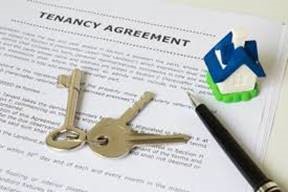Q: I rented a unit. However sometime in November 2020, the Landlord gave me a notice to terminate the tenancy agreement by 1.12.2020. I agree. What should I do to properly deliver vacant possession?
A:
STEP 1 – Check your tenancy agreement and identify the clauses relating to delivery of vacant possession. Set out a list for ease of reference.
STEP 2 – Issue a letter to make appointment with the Landlord to carry out a joint site inspection.
STEP 3 – After the joint site inspection, get the Landlord to sign a list of items that requires restoration (“List of Restoration”) of the unit.
STEP 4 – Perform the restoration work as per the List of Restoration. Record evidence of restoration eg. photographs before and after the restoration works.
STEP 5 – Deliver vacant possession on the date specify by the Landlord.
Q: Can the Landlord then sue me for additional restoration works outside the List of Restoration?
A: No. The List of Restoration is exhaustive. The Landlord cannot make additional demands from you as long as all restoration works as stated in the List of Restoration are carried out. No further restoration is required.
Q: Can the Landlord later sue me for delay in delivery of vacant possession because I have not carried out the restoration works or additional restoration works.
A: No. Once vacant possession is delivered, the tenant cannot be said to still be in occupation or holding over the unit. Tenant should maintain evidence of handing over the keys of the unit.
Q: Can the Landlord refuse to return my deposit?
A: No. Forfeiture of deposits only applies when there is breach of the tenancy agreement by the tenant. If the tenant has properly delivered vacant possession and follows the steps set out above, there should be no basis for Landlord to forfeit the deposit.
Case in Point: Parkwell Department Store Sdn Bhd v ICSD Ventures Sdn Bhd [2021] 1 MLJ 60.
Court of Appeal (Putrajaya) – Civil Appeal no: S-02(NCVC)(A)-1566-08 of 2017

